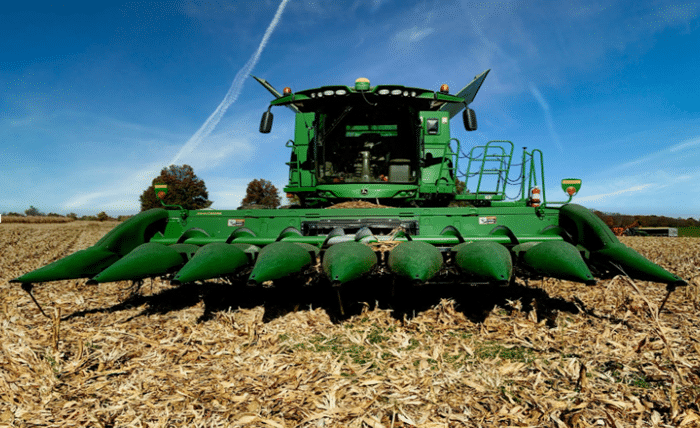
Harvesters are built for heavy lifting, yet too many retire early because their operators treat them like throw-away coffee cups. A little foresight, a dollop of common sense, and a rag or two can keep a machine humming long after the warranty stickers fade. The nine pointers below aim to stretch every hour of service you paid for, and to save a few late-night calls to the dealer in the middle of harvest.
- Stock the Right Spares Before You Need Them
Running to town mid-shift drains fuel, patience, and revenue. Keep a shelf of wear items specific to your machine, down to model-year quirks. Smart vintners favor braud grape harvester parts because they fit first time and spare us the joy of filing metal to force alignment. Apply that approach to any brand you manage. Well-chosen parts in the barn are like insurance that never raises premiums.
- Pressure-Wash, Don’t Power-Blast
Cleaning mud and crop residue matters, yet 4,000 psi can gouge paint, strip decals, and drive moisture into electrical sockets. Hold the nozzle at a respectful distance and cut the pressure to a level that rinses rather than scours. Follow with a low-heat blower or an old towel. Rust travels slowly when water has nowhere to hide.
- Grease According to Schedule, Not Mood
Zerk fittings do not care if it is Sunday dinner or 2 a.m. They care about hours of operation. Stick a label near the cab with every grease interval. A five-dollar manual pump delivers the same lithium compound as the pneumatic monster in the shop; the secret is remembering to use it.
- Calibrate Sensors After Every Major Repair
Many harvesters rely on strain gauges and optical counters. Replace a chain or cylinder, and the readings can drift. A fifteen-minute calibration keeps yield monitors honest and prevents the control system from hunting for nonexistent loads. The bonus is better data at season’s end for yield mapping and maintenance trends.
- Mind Hydraulic Fluid Like It Was Olive Oil
Hydraulics account for most failures that are both messy and expensive. Sample fluid twice a season, checking not just color but particulate count and acidity. Replace filters on hours, not hunches. Store new drums indoors, away from sunlight, to prevent condensation. The oil will return the favor by keeping seals pliable and pumps cool.
- Torque in Stages, Then Mark the Nut
Few chores are duller than torqueing wheel lugs, which is why we see so many missing ones. Use a three-pass method, stepping up the torque each round. Once tight, paint a thin line from nut to rim. A glance during refuelling reveals any movement. No need for a torque wrench in the field, just sharp eyes.
- Train Every Operator the Same Way
Machines do not understand seniority. Whether the seat holds the farm manager’s nephew or the veteran with twenty seasons, each of them should follow identical start-up, run, and shut-down procedures. Laminate the steps and zip-tie them in the cab. Consistency reduces surprises and spreads mechanical sympathy across the crew.
- Winterize, Don’t Just Park
At season’s end, drain water tanks, top off diesel to banish condensation, and fog the engine with storage oil. Disconnect the battery or install a maintainer. Cover exposed hydraulic lines with breathable fabric sleeves. Five hours in November beats five days of cursing in May when mice have turned the wiring loom into luxury housing.
- Log Every Issue, However Small
Many farm shops rely on memory, which becomes creative under pressure. Use a shared spreadsheet or an old-fashioned notebook. Note hours, symptoms, weather, and fix. Patterns appear. Belts that snap every 350 hours, bearings that shriek only during humid nights, or switches that fail after the pressure washer visits all reveal themselves on paper. The logbook quietly becomes the cheapest diagnostic tool you own.
Machines treated with respect tend to return the favor with uptime. None of these hacks require exotic tools or Silicon Valley apps, just routine attention and a willingness to leave the harvester a little better at sunset than it was at dawn. The reward arrives slowly, in seasons rather than minutes, as harvested acres climb while repair bills take the hint and shrink.




